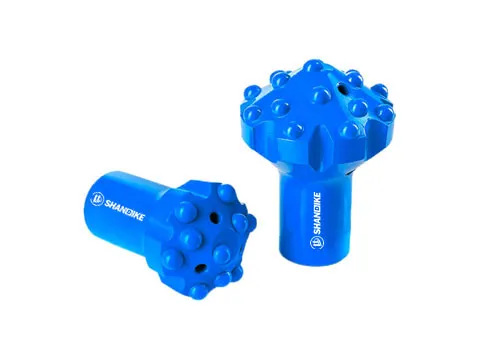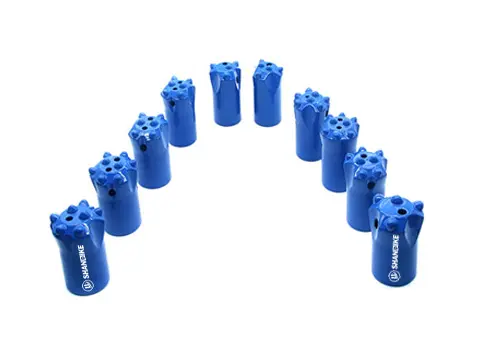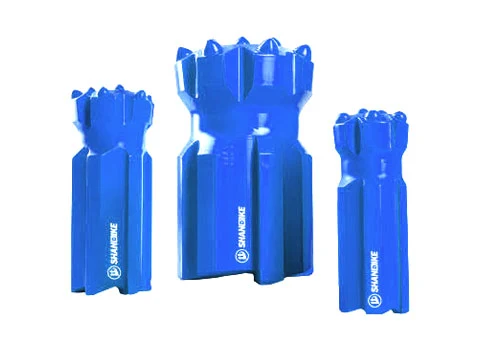Choosing the correct DTH (Down-The-Hole) hammer is crucial for efficient drilling, minimizing downtime, reducing operating costs, and achieving project goals. Here’s a step-by-step guide focusing on the key factors: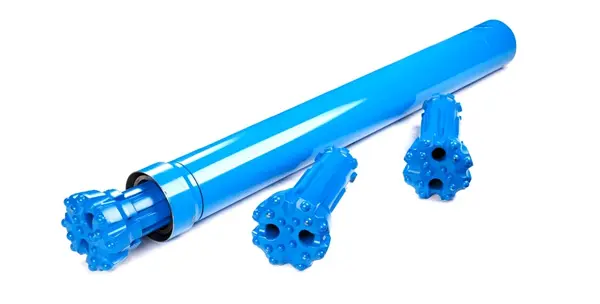
1. Define the Application & Parameters:
Hole Diameter: This is the MOST critical factor. The hammer must be sized to produce the *finished* hole diameter you require.
Hole Depth: Deeper holes require more air volume to effectively lift cuttings. This impacts compressor selection and sometimes hammer choice.
Drilling Purpose: Blast hole, water well, geothermal, foundation piling, grout hole, etc. Different applications may have specific requirements (e.g., straightness for piling, cleanliness for water wells).
Drilling Rig: Ensure the hammer is compatible with your rig’s feed force, rotation speed/torque, and mounting system (shank adapter type).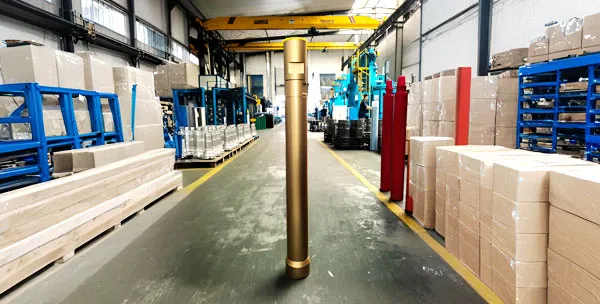 2. Analyze the Rock Formation:
2. Analyze the Rock Formation:
Hardness (Unconfined Compressive Strength – UCS):
Soft to Medium Rock (UCS < 100 MPa): Standard hammers often suffice. Focus on high penetration rate.
Hard to Very Hard Rock (UCS > 100 MPa): Requires hammers with high impact energy per blow. Larger piston hammers or specialized high-impact models are essential. Sacrifice some blow rate for higher energy.
Abrasiveness:
Highly abrasive rock (sandstone, quartzite) wears down bits and hammer parts rapidly. Choose hammers and bits with high-quality, durable carbide buttons and wear-resistant materials in the hammer body/striker. Consider hammer designs known for longevity in abrasive conditions.
Fracturing & Structure:
Highly fractured or blocky ground can cause deviation or bit sticking. Hammer design (valving) and bit profile (e.g., more buttons, different angles) become important.
Formation Stability: Unstable formations (caving) might require casing systems compatible with specific hammers.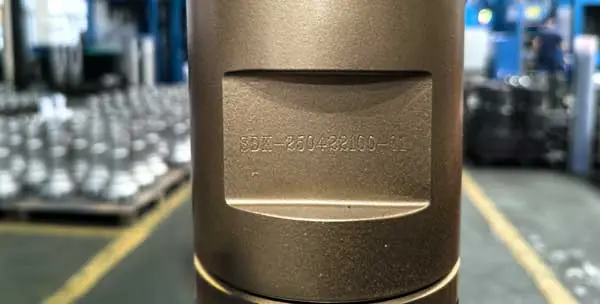
3. Match Compressor Capacity (CFM & Pressure):
Air Volume (CFM – Cubic Feet per Minute): This is critical for hole cleaning (lifting cuttings). Insufficient CFM leads to poor penetration, bit balling, and stuck hammers. Hammer manufacturers provide *minimum* CFM requirements for different hole sizes/depths. Always size your compressor generously above the minimum.
Air Pressure (PSI – Pounds per Square Inch): Powers the hammer. Most standard DTH hammers operate optimally between 20-25 bar (290-360 psi). High-pressure hammers (25-35+ bar / 360-500+ psi) deliver higher impact energy for very hard rock but require compatible compressors, drill pipe, and bits. Ensure your compressor can deliver the *sustained* pressure required by the hammer.
4. Select Hammer Characteristics:
Impact Energy (Foot-Pounds / Joules): The force delivered per blow. Higher energy is needed for harder rock. Compare models based on manufacturer specs.
Blow Rate (Blows Per Minute – BPM): How fast the hammer strikes. Higher BPM can be beneficial in softer rock. In hard rock, higher energy is generally prioritized over higher BPM.
Valve Design: Different valve types (piston valve, spool valve, semi-spool valve) have different performance characteristics:
Piston Valve: Often simpler, robust, good in hard rock and abrasive conditions.
Spool Valve: Typically higher blow rate, potentially faster in medium rock, but can be more sensitive to dust and wear.
Semi-Spool: A compromise between piston and spool characteristics.
Hammer Size & Weight: Must be compatible with the drill rig’s capabilities (lifting capacity, feed force) and drill pipe strength.
Shank Adapter Type: Must match the drill pipe and rig’s drive system (e.g., R32, T38, T45, T51, ST58, GT60, etc.).
Bit Retention: Ensure the bit locking mechanism (ball/roller, spline, friction ring) is reliable and suitable for the application.
5. Consider Drill Pipe:
Strength: The drill pipe must withstand the hammer’s impact energy and torque without failing. Heavier, stronger pipe is needed for larger hammers and deeper/harder holes.
Internal Diameter (ID): Must be large enough to allow the required air volume to pass through with minimal pressure drop. Match the pipe ID to the compressor CFM and hammer requirements.
Compatibility: Shank adapter must fit the pipe threads.
6. Prioritize Quality & Manufacturer Support:
Reputation: Choose reputable manufacturers known for quality and reliability.
Materials & Manufacturing: High-grade steel, precision machining, and durable coatings matter for longevity.
Bit Compatibility & Availability: Ensure a wide range of high-quality, readily available bits fits the hammer for your hole size and rock conditions.
Parts Availability & Service: Downtime is expensive. Choose a supplier/manufacturer with excellent local or readily accessible parts availability and technical support.
Warranty & Technical Support: Understand the warranty terms and the level of technical support offered.
7. Cost Considerations (Total Cost of Ownership – TCO):
Don’t just look at the hammer purchase price. Consider:
Penetration Rate (Meters/Hour): A faster hammer saves rig time.
Durability & Service Life: How long before major rebuilds or replacement?
Bit Life: How many meters can you drill per bit? Related to hammer suitability for the rock.
Fuel Consumption: Primarily driven by compressor size needed.
Maintenance Costs: Cost and frequency of parts (piston, striker, valves, seals).
Downtime Costs: Reliability and parts availability directly impact this.
Key Steps Summary:
1. Know Your Hole: Diameter? Depth? Purpose?
2. Know Your Rock: Hard? Soft? Abrasive? Fractured?
3. Know Your Air: Compressor CFM & Pressure (PSI/Bar)? Must meet/exceed hammer needs.
4. Know Your Rig: Feed force? Rotation? Shank adapter type? Drill pipe size/strength?
5. Match Hammer Specs: Energy & Blow Rate (prioritize energy for hard rock), Valve Type, Size/Weight, to steps 1-4.
6. Choose Quality & Support: Reputable brand, good bits, available parts/service.
7. Calculate TCO: Penetration rate, durability, bit life, maintenance costs.
Recommendation: Consult with experienced drilling professionals and reputable DTH hammer manufacturers/distributors. Provide them with all the details from steps 1-4. They can recommend specific models and configurations best suited for your project. If possible, test different hammer/bit combinations on-site before committing to a large purchase.
